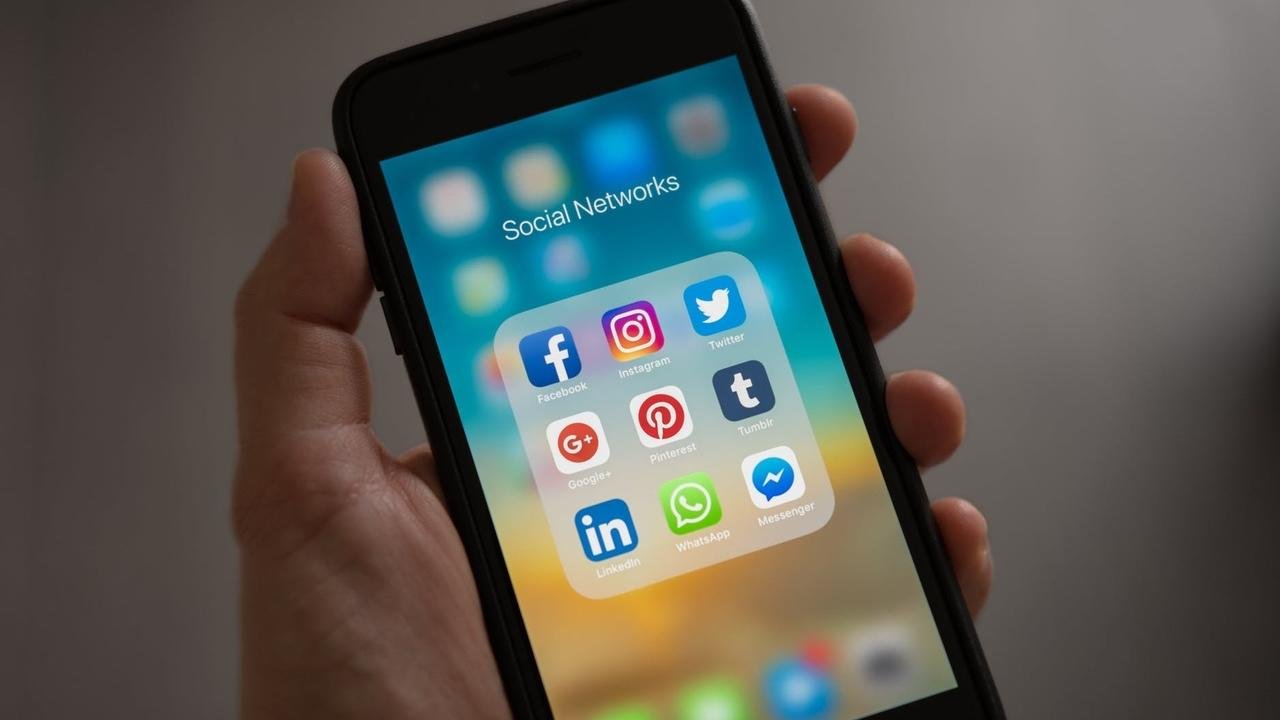3 Steps to Becoming an Influential Resource on LinkedIn
Although everyone talks about the speed, reach and impact of social media marketing, relatively few people translate that talk into an effective communications strategy – a strategy to help them build their brands, fast-track their careers, reach new customers, recruit talented employees or become influencers in their industries.
A prime example of an under-utilized social media resource is LinkedIn, the 467-million-member network that allows employees, employers and entrepreneurs to connect with one another. Not only do most LinkedIn members fail to fully leverage the power of this digital marketing tool, many make the same mistakes in the virtual world that they do in real life – e.g., trying to create an instant friendship with someone who they believe can advance their careers.
Some people seem to believe that, because technology has grown smarter in recent years, its “artificial intelligence” will compensate for a lack of planning and common sense. This explains (in part) why they use LinkedIn to either warehouse electronic versions of their resumes or for spamming new connections with unwanted offers for products and services.
To help you fully exploit LinkedIn as a brand-building resource, I’ve created a basic, three-part strategy that will help you build a following and become an influential resource within your chosen profession or industry.
Project an Appealing Brand
Although it’s been said innumerable times, your LinkedIn profile must feature a professional-quality photo. If your current photo shows you posing at the beach or (worse) drinking at a local watering hole, take it down! Replace it with a headshot of you wearing business-appropriate attire, posed against a monochromatic backdrop – one that flatters your hair color and skin tone.
Next, consider adding a custom background to the profile, using colors that reinforce your brand identity. If you don't know how to create a professional-caliber background, use online freelance sites such as Upwork.com or Fiverr.com to find a graphic designer. Or, learn how to do it yourself with Canva.com.
When it comes to the profile content, resist the urge to jot down your title and a laundry list of responsibilities. “Create a compelling Power Title under your name,” says Andrea (“Andi”) Fenster, a veteran talent-acquisition consultant and career coach with 11,000 followers on LinkedIn. “Don’t just list ‘VP, Sales.’ Add a statement that grabs people’s attention – something like, ‘Sales Guru with a successful track record across multiple industries.’ Follow this with a concise overview of who you are. Highlight your strengths, your super-power abilities, and stress your overall appeal.”
I also recommend including three to five keywords that describe your desired roles or core competencies. This will raise the odds that a keyword search of those terms will bring up your profile.
And don’t forget to ask friends and colleagues to validate your skills and experience by endorsing you or (better yet) by writing a recommendation. To ensure that their recommendation supports your desired online brand identity, send them a few bullet points of what you wish to highlight, such as your leadership skills, creative problem solving abilities, etc.
Connect
On LinkedIn, connecting with new people is as easy as pressing a few buttons. However, finding new employers, customers or major-league influencers is a bit more challenging.
“Think about who you want to recruit to your LinkedIn Tribe,” says Andi. “Targeting everyone and anyone isn’t a productive way to build a following that will invest time and money in you, your business, or your product or cause.”
Search for industry leaders, as well as networking groups, to learn where the best contacts are residing. Once you find them, make it your mission to follow them and become a valuable resource by starting interesting discussions and sharing relevant content, including your own original articles.
If you regularly send good content to influencers, share their content, and maintain contact with them, you will get noticed.
If you’re at a loss about where to find relevant content about the issues affecting your industry, visit Feedly.com. Check out this content aggregation site two or three times a week, and you’ll never run out of timely information to share or inspire your own writing.
Grow
If you share engaging content, your current contacts may re-share it with their contacts, helping you quickly and passively grow your network. (Give this process a nudge by creating an email signature with a hyperlink to your LinkedIn address, so email recipients can easily follow you.)
When connecting with new people, it’s imperative to replace LinkedIn’s templated greeting with a customized one that states why you want to connect. If you don’t share an interest or a friend, you could tell the person that you’d like to share an insightful article, some news related to the person's company, or an opportunity that might interest them. In short, give them a value-added reason to connect with you. It seems simple, but most LinkedIn members don’t do it.
As part of your effort to build an influential and cohesive brand, you should also join groups related to your profession and industry. For example, if you call yourself a risk management expert, people viewing your profile should see that you belong to several risk management groups or associations.
Whatever you do, don’t try to sell something at the moment of first contact. Just because you’re operating in a virtual environment doesn’t mean the rules of business etiquette have been suspended. If anything, those rules are even more important. The very anonymity of the Internet means that your only tools for building valuable relationships are the words and images you post. Choose them wisely!







